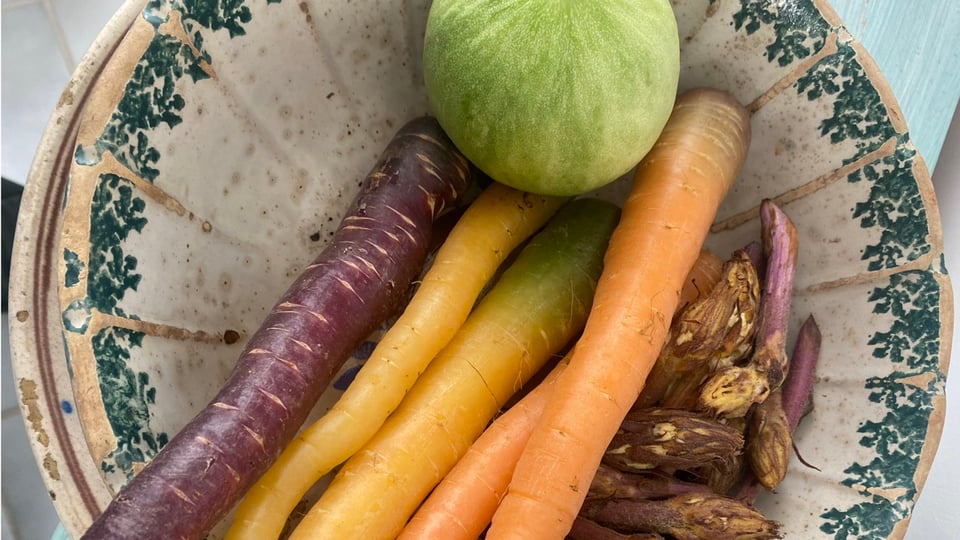Eat This Newsletter 276: Diversities
Hello
It is almost too hot to think, but not quite, so here are some thoughts triggered by last week’s expeditions into the interwebz.
Desertification by Policy
Continuing the nascent tradition of linking to another podcast while Eat This Podcast is on break, 99pi recently aired an episode about Food Deserts in the US. It isn’t just distance from fresh food; if you live in the suburbs you may be a long way from groceries, but you probably own a car and can make the trip. Poor inner-city areas may actually be closer to a store, but without a car or good public transport are more likely to be classified as a food desert.
The episode points out that poverty per se is not the cause of food deserts. A bigger reason is a profound shift in public policy that gutted the Robinson-Patman Act, passed in 1936 to prevent A&P, the first big supermarket chain, from completely dominating the market. A very interesting listen, not least in view of certain pledges to bring food prices down “overnight”.
Ireland Gives Nestlé a Lesson
In the annals of dodgy marketing to vulnerable populations, the name of Nestlé shines out. Lest you think that’s all old hat now, neutralised by consumer information campaigns and boycotts, I have disturbing news. Ireland’s big dairy companies — Lakeland Dairies, Ornua (owner of Kerrygold), and Tirlán — stand accused of peddling something called fat-filled milk powder to countries in West Africa on the back of very dubious claims about nutrition and sustainability.
Have you ever heard of fat-filled milk powder? I certainly had not. Thankfully, the exposé by DeSmog News tells us that it consists of spray-dried skimmed milk “supplemented with vegetable fats, such as palm or coconut oil”. In Europe FFMP is sold only as ingredient for industrial food manufacturing and cannot even be described as “milk,” yet it has become Ireland’s most valuable dairy export, ahead of butter and milk.
The article is a long read that details the usual suspects when it comes to aspirational marketing; nutritional claims that don’t add up, over-stating the sustainability angle, and influencing influencers to do the brands’ bidding. Local dairies have suffered too. All in all, nothing for Ireland to be proud of.

Carrot Diversity Confirmed
Did you hear my interview with Flavia Giordano about the foods of Puglia? One of the things Flavia is very keen on is the multicoloured carrots of her home town, Polignano a Mare. Orange, purple, yellow, they’re almost always present on the table as something delicious to nibble on. Flavia also mentions another local variety from much further south in Tiggiano, which ranges from yellow with violet streaks to violet with yellow streaks. Now comes a paywalled academic paper comparing Tiggiano and Polignano carrots. No news write-up that I can find, so let me do my best.
Compared to a standard orange cultivar, both landraces contain anthocynanins, absent from orange cultivars, and 6–9 times more lutein, another pigment important for human health. If it is polyphenols you’re after, Polignano carrots contain more than twice as much as those from Tiggiano, and again, both are far richer than the orange cultivar. Flavia Giordano notes the enticing aroma of both these carrots. The analysis confirms this, identifying a distinct cluster of volatile compounds for each landrace.
Culturally, each landrace is associated with a local patron saint, St Vitus in Polignano and St Ippazio in Tiggiano. Flavia Giordano notes that St Ippazio is “the protector of virility and male reproductive health, symbolically linked to the carrot’s elongated shape”. Which is odd, considering that all the commentary I’ve seen, including Flavia’s, agrees that Tiggiano carrots lose their turgidity very rapidly.
Bring Forth Seeds
Garlic is one of those crops that is multiplied clonally, by planting a single clove that then grows into a new bulb. The reason is that garlic does not produce seeds, but that is not to say that it cannot produce seeds. A thorough article in Offrange introduces the “Garlic Nerds” who are persuading garlic to reproduce sexually and then using the resulting seeds to develop new strains.
If all you want to do is assure yourself of fresh garlic, then all you really need to do is press some cloves into soil in the autumn and stand by. If you have a bit more space and an urge to tinker, then the article will set you on the straight and narrow. Be warned, the journey requires a lot of patience and quite some dexterity.
Neanderthal Butchery Styles
Hard on the heels of last week’s story about the big Neanderthal bone processing sites comes this: Cut from the same cloth? Comparing Neanderthal processing of faunal resources at Amud and Kebara caves (Israel) through cut-marks analyses. Of course, that’s a pretty heavy academic paper, so here is the much more approachable write-up in The Guardian.
The upshot is that the two communities, which lived at roughly the same time, 50,000 to 70,000 years ago, and hunted roughly the same sorts of animals, had different ways of butchering the carcasses. The differences are clear even when considering only the long bones from only the gazelles, so probably are not the result of an emphasis on different prey. Various possible explanations could account for the results, such as different numbers of people involved in butchery or processing at different stages of decay, but whatever the reason, this is a timely reminder that there is no single Neanderthal culture, and even groups less than 70 km apart approach the business of cutting up game in their own ways.
Oh, and ... by the time you read this, the promised transcript and repaired links will be available with the original Neanderthal Diet episode.
Take care

Links
Add a comment: